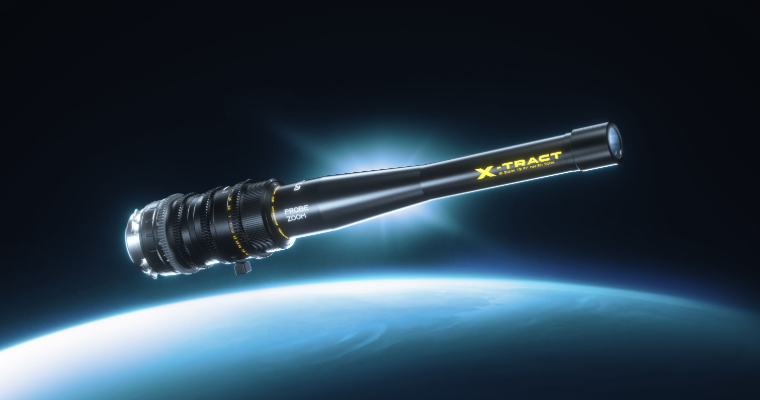12-6-2022
When we talk about the choice of lens in film shooting, it is generally divided into fixed-focus lens and zoom lens for discussion. The biggest difference between the two is that the zoom lens can change the focal length of the lens by adjusting the zoom ring within a certain range, which belongs to mechanical zoom.
When we talk about the choice of lens in film shooting, it is generally divided into fixed-focus lens and zoom lens for discussion. The biggest difference between the two is that the zoom lens can change the focal length of the lens by adjusting the zoom ring within a certain range, which belongs to mechanical zoom. While fixed-focus lens can only achieve the ideal picture size by moving the camera closer to or away from the subject, this kind of lens belongs to mobile zoom lens. In addition, when the zoom lens changes the focal length, it only changes the size of the picture and does not change the perspective relationship like the push lens shot with a fixed focal length lens. The same screen, using mobile zoom and using machinery This article will take different movie screens as examples to show the common zoom lens shooting techniques in movies and the picture effects they bring. In film history, the first film to use a zoom lens was IT directed by Clarence G Badger. A certain subject or a certain detail, this kind of shot is usually called a zoom in shot (zoom in shot). In addition to the zoom-out shot, there is also a zoom-out shot (zoom out shot). This shooting method is opposite to the operation of the zoom-out shot. The zoom-out shot can expand the field of view and reveal to the audience the relationship between the subject and the environment in which the subject is located.

The zoom in

The zoom out
In terms of the speed of the focal length change of the lens, it can be divided into fast zoom and slow zoom. The rapid conversion of fast zoom from a relatively short focal length to a long focal length creates shocking visual effects and forces the audience to focus quickly to the subject of the screen. Not only that, fast zoom shots can also create a certain comedy effect and fast tension. For example, director Edgar Wright likes to use fast zoom to express the progress of a series of processes. It is mostly used before the protagonist performs the next dramatic action, and the rhythm is extremely fast. Sometimes interspersed with funny shots to control the pace.
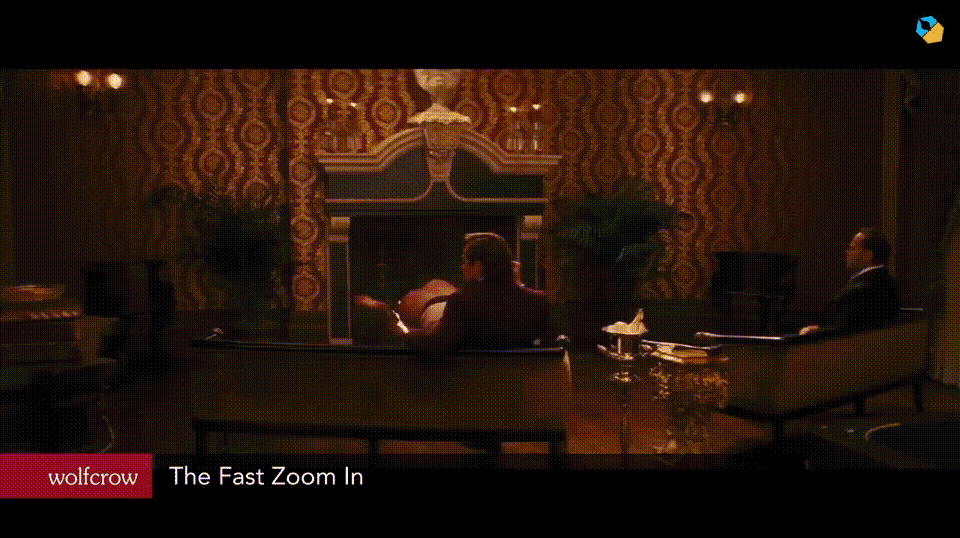
《Django Unchained》
In the movie The burbs, the director chose to combine the fast zoom zoom to the end and the fast zoom zoom shot, and shot a fast zoom zoom shot to emphasize the surprise and panic in the protagonist’s heart after discovering the truth.
Some directors like to use slow zooming to express more soothing emotional changes and ups and downs, which will not bring particularly abrupt visual experience like fast zooming pictures. In the movie Barry Lyndon, director Kubrick used a lot of slow zoom shooting techniques, and the change of focal length will not be particularly abrupt, so that the audience will not be so easy to “play“.
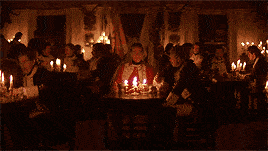
《Barry Lyndon》
Slow zooming can also be used to capture the facial expressions of the characters. The scene is getting smaller and smaller, and the depth of field is getting shallower. The audience will follow the guidance of the camera, stare and feel the emotional ups and downs of the actors at this time.
If the zooming methods mentioned above do not look so “modern“ visually, then the following zooming methods are more common in modern movie shooting. This zooming method is sliding zoom (Dolly Zoom).
This shooting method uses optical illusions to change the focal length while moving forward or backward during the shooting process. This will change the visual perspective relationship, compress or enlarge the background space, but will not change the focus of the picture. The first movie to use this zoom technique was “Psycho“ directed by Hitchcock, so the sliding zoom is also widely known as the Hitchcock zoom. This shooting technique is used by many directors in the shooting of some horror, thriller and suspense movies.
For example, in the movie “JAWS“, the director used the sliding zoom method to reflect the extreme panic in the protagonist’s heart when the sharks kept approaching.
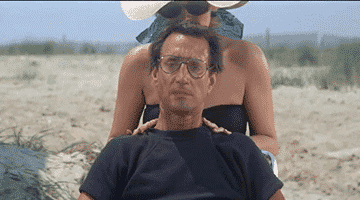
《Jaws》
In the movie “The Lord of the Rings“, the sliding zoom plays a role in promoting the climax of the story and heralding the arrival of danger.
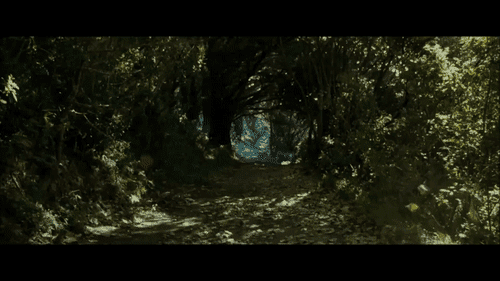
《The Lord of the Rings》
Director Ding Scorsese explored a special state or emotion of a character other than horror and weirdness that is often displayed by sliding zoom. In the movie “Raging Bull“, he used the sliding zoom to show the blurred inner feelings of the two characters duel in the ring and boxing, making this clip a classic picture in everyone’s mind.
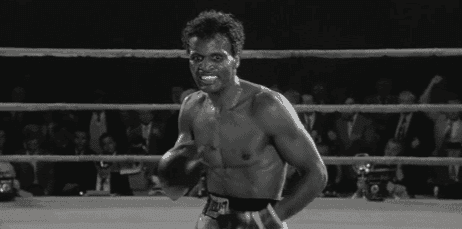
《Raging Bull》
When photographers choose a zoom lens, they need to pay attention to that zoom lenses are divided into varifocal lenses (varifocal lens) and parfocal lenses (parfocal lens). It will change with the change of the focal length, while the SLR lens needs to re-adjust the shifted focus. When shooting dynamic images such as TV and movies, especially when shooting sliding zoom, it is necessary to ensure that the focus or focal plane is constant. It is necessary to use a parfocal movie lens for shooting. In the selection of zoom cine lenses, the ideal is to minimize the influence of the breathing effect while ensuring the parfocal function, and at the same time control the size of the lens. These requirements are very big for the manufacturer’s technology and the consumer’s budget. DZOFILM Catta Zoom series zoom cine lenses, on the basis of ensuring that the focus position remains constant during the focal length change, are also excellent in suppressing the breathing effect. Not only that, but the size of the Catta Zoom series is also the same. Lemurs are generally agile and light, allowing photographers to easily cope with various shooting scenarios. It is a super cost-effective choice for photographers or teams with low budget but high requirements for images.

